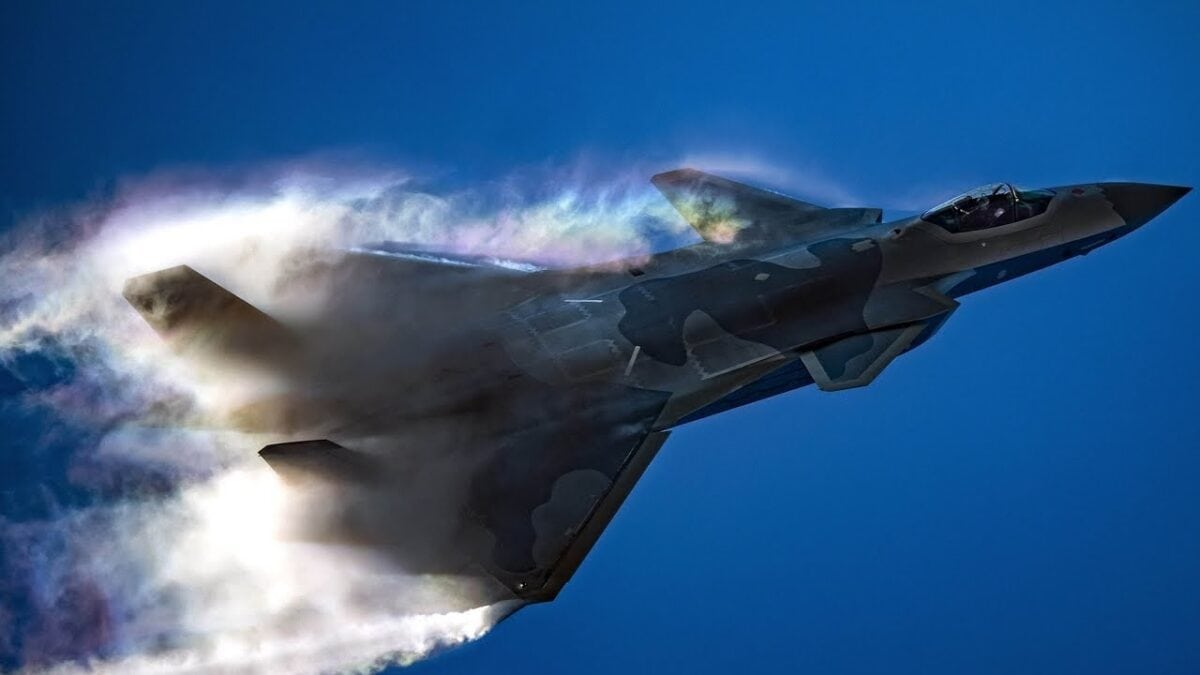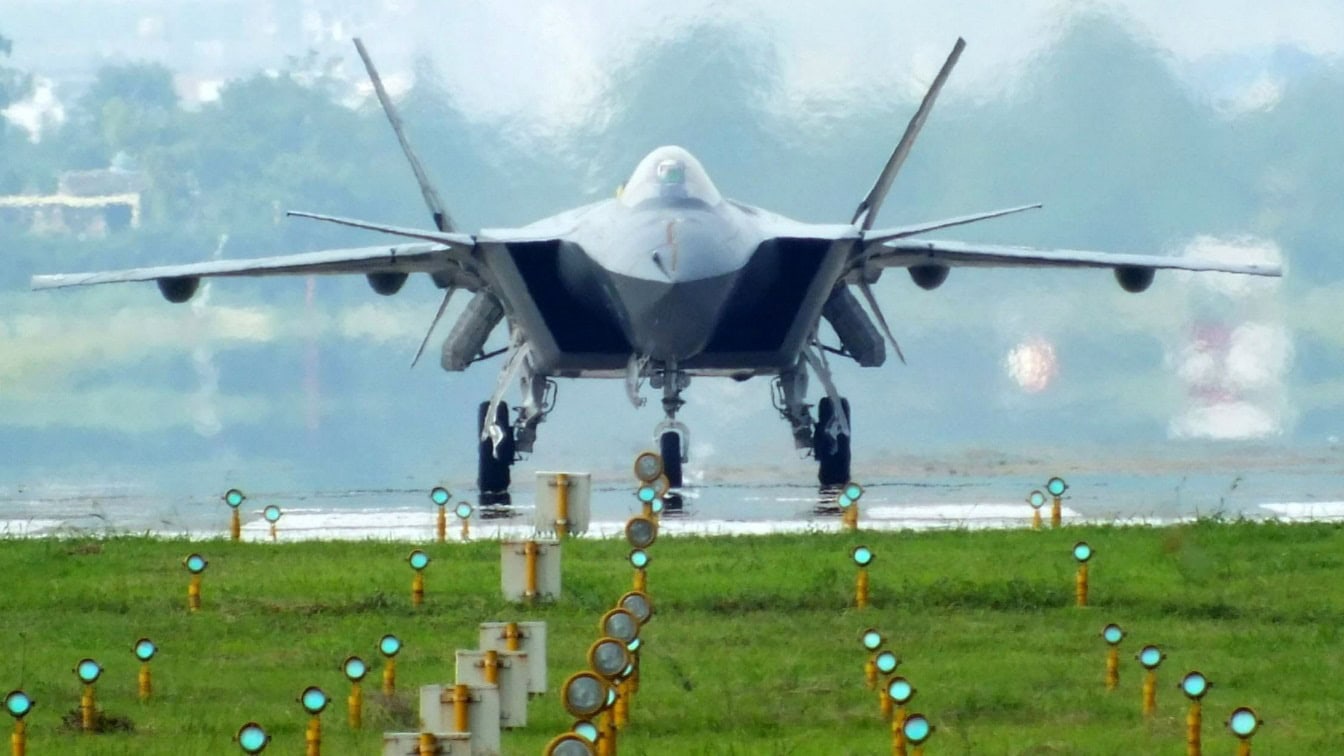The Chengdu J-20 How Mighty Exactly?: The PLA has widely hyped the capabilities of its Chengdu J-20 “Mighty Dragon” fifth-generation fighter in recent years. Earlier this year, it has begun to deploy the aircraft on routine training sessions and combat patrols over East China and South China Seas.
Designed as an air superiority fighter with precision strike capabilities, its makers have claimed its capabilities are on par with the American aircraft, including the F-22 Raptor and F-35 Lightning II – which is notable in that it likely has some “DNA” from those fighters.
J-20 Origin Story
The Mighty Dragon can trace its origins back to the J-XX program of the late 1990s, which was actually a series of efforts initiated by Beijing to develop an indigenous fifth-generation fighter. It resulted in the Shenyang FC-31 and later the J-20 Mighty Dragon, but it can be questioned how original the latter aircraft actually is – given that it borrowed liberally from other warbirds. This included the double-canard design from China’s own J-10, an aircraft in service in China since 2005.
Moreover, it has been suggested that the development of the Mighty Dragon was only made possible due to efforts by Chinese hackers to steal critical details regarding the Lockheed Martin F-22 Raptor and, later, the F-35 Lightning II. The appearance and profile of the aircraft is far from the only similarities between the two fifth-generation fighters. In fact, the development of the J-20 only really began in earnest after the F-22 was unveiled.
And while it has borrowed/stolen vital elements, it is proof that Beijing is no longer reliant on Russian designs – and what is also notable is that, unlike the Russian Air Force’s Sukhoi Su-57, the Chinese are actually beginning to produce the J-20 in numbers that should give western observers pause.
Whereas Moscow hypes without actually delivering, Beijing puts its money where its mouth is – at least in actually producing the aircraft.
The capabilities are another issue, however.
How Capable?
It is believed that the J-20 can reach a maximum speed close to Mach 2 (1,535 mph) and has a ceiling of around 60,000 feet along with a range of about 700 miles—but other essential information about the Mighty Dragon remains a closely guarded secret.
It is a true stealth aircraft, equipped with a large internal by that can hold at least four long-range air-to-air missiles, while two additional lateral bays can each hold a single short-range missile.
The J-20 is also equipped with external hardpoints for an additional four missiles—so it seems it could be a Mighty Dragon indeed and could be quite a well-armed one at that.
The biggest issue has been with the J-20’s engine, but Beijing has been increasing efforts to develop an improved power plant for the Mighty Dragon. Yet, for now, the American warbirds could maintain an edge. As was previously reported, an analyst from the Yuan Wang military think tank in Beijing believed that the American XA100 engine that powers the F-35 remains at least a decade ahead of the WS-15.
The J-20 may not be as capable as the F-22 or F-35, but it should be seen as a sign and portent that Beijing is well on its way to having the capabilities to develop something truly “mighty” even if it isn’t this dragon.

Image: Screen Shot from YouTube.
Expert Biography: A Senior Editor for 1945, Peter Suciu is a Michigan-based writer who has contributed to more than four dozen magazines, newspapers, and websites with over 3,000 published pieces over a twenty-year career in journalism. He regularly writes about military hardware, firearms history, cybersecurity, and international affairs. Peter is also a Contributing Writer for Forbes. You can follow him on Twitter: @PeterSuciu.

